In Africa and other regions, maize meal comes in various categories based on factors like maize type, milling process, and final product quality.
This article will discuss these maize meal categories and their popularity in seven African countries: South Africa, Lesotho, Zimbabwe, Zambia, Angola, Kenya, and Tanzania.
If you're considering starting a maize milling business in Africa, this overview from Roff Milling will be helpful.
Maize in Africa overview
While 95% of maize worldwide is produced for animal feed, most maize in sub-Saharan Africa is used for human consumption. White maize, harvested earlier than yellow maize, has soft kernels that make it ideal for human consumption, playing a crucial role in Africa's food security. Maize remains a staple food across different cultures, enjoyed by people from all social classes despite varying preparation methods.
Sub-Saharan Africa contributes to about 7% of global maize production, generating 77 to 82 million tons per year. However, in 2020, the region consumed over 99.3 million metric tons, indicating a consumption of 20 million tons more than its production. As the population is projected to grow by 7% per year, investment in maize production and processing is vital for the region's food security.
#South Africa | #Lesotho | #Zimbabwe | #Zambia | #Angola | #Kenya | #Tanzania

South Africa
Bird’s eye view
- Maize yield: 15,3 million metric tons per year (2020-2022)
- Maize meal consumption: 5,2 million metric tons (2019/2020)
- Preferred types of maize meal: Super maize meal, special maize meal
- Population: 60 million
In South Africa, there are 19 grades of maize products available on the market. Some of the more well-known include super maize meal, special maize meal, braaipap, samp, maize rice, maize grits, maize flour, super fine maize meal and sifted maize meal.
Most popular grades of maize meal
- Super maize meal is the highest quality maize meal available and the most popular in the country, usually made from white maize and processed with equipment including a degerminator and roller mills.
- Special maize meal is a high-quality maize meal typically produced from white maize. It is of a lower grade compared to super maize meal and undergoes a less complex milling process than super maize meal.
In terms of the Foodstuffs, Cosmetics and Disinfectants Act, 1972 (Act No. 54 of 1972), in South Africa super maize meal and special maize meal must be fortified with 6 vitamins and 2 minerals: vitamin A, riboflavin, niacin, pyridoxine thiamine, folic acid, iron and zinc. Moisture content may not exceed 14%.
Maize is also enjoyed as:
- Samp is a coarser maize meal made from a combination of white and yellow maize, and is used in a traditional South African dish, Samp and Beans.
Extraction rates offered by Roff mills
Super Maize Meal: Between 69 and 74%
Special Maize Meal: Between 80 and 85%
Roff Mills used in the region:
Super Maize Meal: SP-1 Edge, R-40 Edge, R-70 Edge, C-80 Edge
Special Maize Meal: SP-1 Core, R-40 Core, R-70 Core, C-80 Core

Lesotho
Bird’s eye view
- Maize yield: 70 000 tons per year (2020)
- Maize meal consumption: 103kg per capita, annually (2017)
- Preferred types of maize meal: Super maize meal, special maize meal
- Population: 2.1 million
Most popular grades of maize meal
- Super maize meal is the highest quality maize meal available and the most popular in the country, usually made from white maize and processed with equipment including a degerminator and roller mills
- Special maize meal is a high-quality maize meal typically produced from white maize. It is of a lower grade compared to super maize meal and undergoes a less complex milling process than super maize meal.
Maize is also enjoyed as:
- Setampo (samp)
- Papa (porridge)
Extraction rates offered by Roff mills
Super Maize Meal: Between 69 and 74%
Special Maize Meal: Between 80 and 85%
Sifted Maize Meal: 85%
Roff Mills used in the region:
Super Maize Meal: SP-1 Edge, R-40 Edge, R-70 Edge, C-80 Edge
Special Maize Meal: SP-1 Core, R-40 Core, R-70 Core, C-80 Core
Sifted Maize Meal: Posho, MK2S Roller mill
Zimbabwe
Bird’s eye view
- Maize yield: 2,7 million metric tons per year* (2020/2021)
- Maize meal consumption: 1,8 million metric tons per year
- Preferred types of maize meal: Super refined meal, special roller meal
- Population: 15 million
* A record harvest for Zimbabwe, the highest since 1984/1985.
Most popular grades of maize meal
Maize meal is a key staple food in Zimbabwe. Consumers are therefore quality conscious, and prefer maize meal that is fine-milled, has a consistent texture, and is free of impurities. White maize is favoured for making maize meal due to its higher quality compared to yellow maize.
The preferences for maize meal depend on regional and cultural factors, as well as personal tastes and budgets. Maize millers should therefore understand the preferences of their target market in order to produce maize meal that meets customers’ needs and expectations.
- Super refined meal is fine-milled, high-quality maize meal made from white maize and processed using equipment including a degerminator and roller mills. It’s often referred to as mealie meal and is used to make the staple dish of sadza, which is a type of maize porridge.
- Special roller meal is a high-quality maize meal typically produced from white maize. It has a slightly coarser texture compared to super maize meal and undergoes a less complex milling process than super refined meal.
Extraction rates offered by Roff mills
Super Refined: Between 70 and 75%
Super Roller: Between 80 and 85%
Roff Mills used in the region:
Super Refined: SP-1 Edge, R-40 Edge, R-70 Edge, C-80 Edge
Super Roller: SP-1 Core, R-40 Core, R-70 Core, C-80 Core
Zambia
Bird’s eye view
- Maize yield: 2,7 million metric tons per year (2022)
- Maize meal consumption: 68kg per capita, annually (2017)
- Preferred types of maize meal: Breakfast meal, super roller meal
- Population: 18 million
Most popular grades of maize meal
- Super roller meal is a high-quality maize meal made from white maize and processed with equipment including roller mills and a degerminator. It’s finer in texture and has a lighter colour than other grades of maize meal.
- Breakfast meal is a lower-grade maize meal often made from yellow maize and which is coarser in texture and undergoes a less complex milling process than super roller meal. It’s used to make porridge or other breakfast foods.
These are the most common grades of maize meal produced in Zambia, but the specific grades and names may vary by region.
Extraction rates offered by Roff mills
Breakfast Meal: Between 72 and 78%
Super Roller Meal: Between 79 and 85%
Roff Mills used in the region:
Breakfast Meal: SP-1 Edge, R-40 Edge, R-70 Edge, C-80 Edge
Super Roller Meal: SP-1 Core, R-40 Core, R-70 Core, C-80 Core
Angola
Bird’s eye view
- Maize yield: 2,3 million metric tons per year (2020)
- Maize meal consumption: 100kg per capita, annually (2020)
- Preferred type of maize meal: Fuba
- Population: 33 million
Most popular grade of maize meal
Fuba is a very fine maize meal used in African (Angolan) cuisine. A more complex milling process is required, which includes the use of a degerminator and a combination of roller and hammer mills to achieve the finer consistency.
Extraction rates offered by Roff mills
Fuba: Between 70 and 74%
Roff Mills used in the region:
Fuba: SP-1F, R-40F, R-70F, C-80F
Kenya
Bird’s eye view
- Maize yield: 3,6 million tons
- Maize meal consumption: 62kg per person per year
- Preferred types of maize meal: Grade 1 Sifted and Sifted
- Population: 54 million
Most popular grades of maize meal
- Grade 1 Sifted2 is a finer maize meal made from white maize and is used to make ugali, a stiff porridge processed with equipment including rollers mills.
- Sifted is a lower-grade maize meal made which is coarser in texture and undergoes a less complex milling process than grade 1 sifted meal.
Extraction rates offered by Roff mills
Premium Grade 1 Sifted2 : Between 75 and 80%
Grade 1 Sifted: Between 80 and 85%
Roff Mills used in the region:
Premium 1 Grade Sifted: SP1 Edge, R-40 Edge, R-70 Edge, C-80 EdgeGrade 1 Sifted2: SP-1 Core, R-40 Core, R-70 Core, C-80 Core
#back-to-topTanzania
Bird’s eye view
- Maize yield: 5,7 million metric tons (2018/2019)
- Maize meal consumption: 95kg per person per year
- Preferred types of maize meal: Coarse meal, fine meal
- Population: 61 million
Most popular grades of maize meal
- Sembe is a fine meal that is a higher-quality maize meal made from white maize and processed using a more complex milling process including degerminators and a combination of hammer and roller mills. It’s finer in texture and has a lighter colour than other grades of maize meal.
- Dona is a coarse meal of a lower-grade maize meal and makes use of a less complex milling process.
Extraction rates offered by Roff mills
Sembe2: Between 70 and 74%
Dona2: Between 80 and 85%
Roff Mills used in the region:
Sembe2 : SP-1F, R-40F, R-70F, C-80F
Dona2: SP-1 Core, R-40 Core, R-70 Core, C-80 Core
Maize milling is a viable business opportunity for African entrepreneurs, provided they do their research and invest in the best maize milling plant for the job.
With over 30 years of experience in maize milling, and a range of best-in-class maize mills, Roff Milling can help you succeed in maize milling too.
Sources
https://www.statista.com/statistics/1135184/consumption-of-processed-maize-in-south-africa/
https://www.statista.com/statistics/1155362/production-volume-of-maize-in-angola/
https://www.exclaim.co.za/fileadmin/Issue_No.1_of_2016/Doc%207.pdf
https://www.sciencedirect.com/science/article/pii/S221191241730161X
https://www.cabi.org/nutrition/news/12463
https://wandilesihlobo.com/2021/06/21/zimbabwe-should-improve-its-maize-yields/
https://espiga.pt/en/products/maize-fuba-flour-type-70
https://theconversation.com/understanding-the-political-economy-of-maize-in-kenya-120336
2019 Grain and Feed Annual – 2019 Tanzania Corn, Wheat and Rice Report







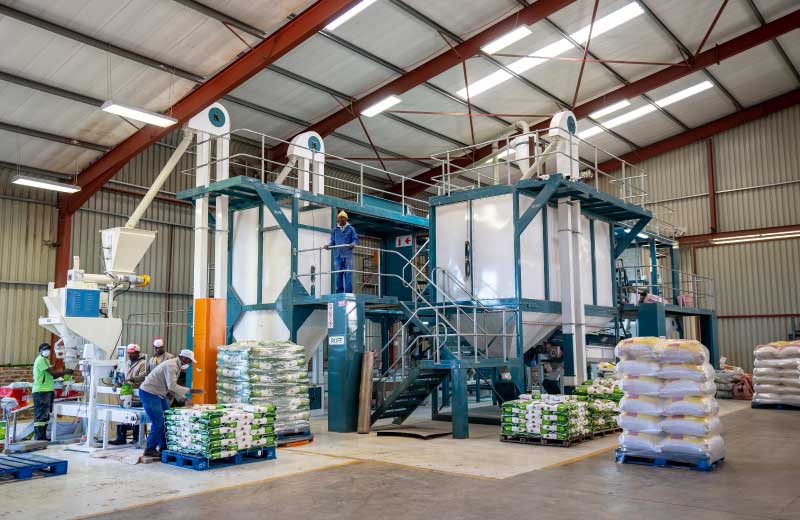
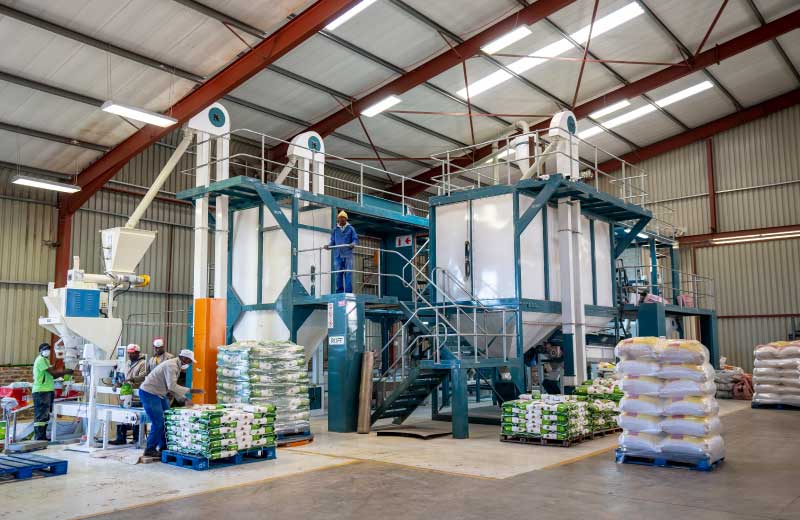
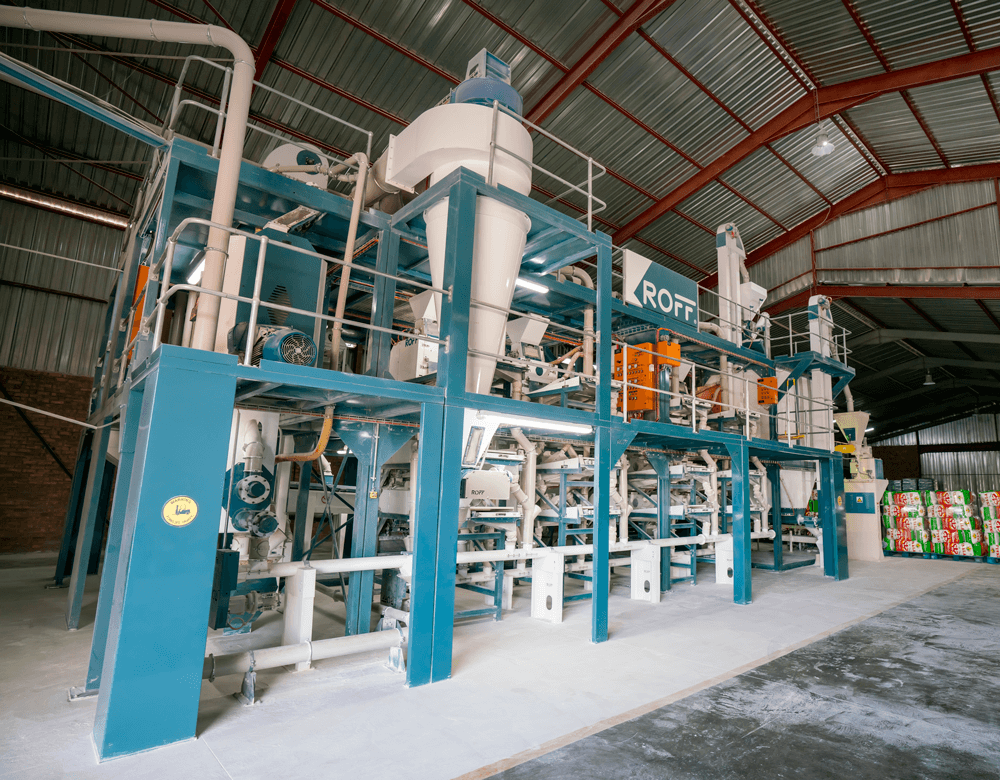
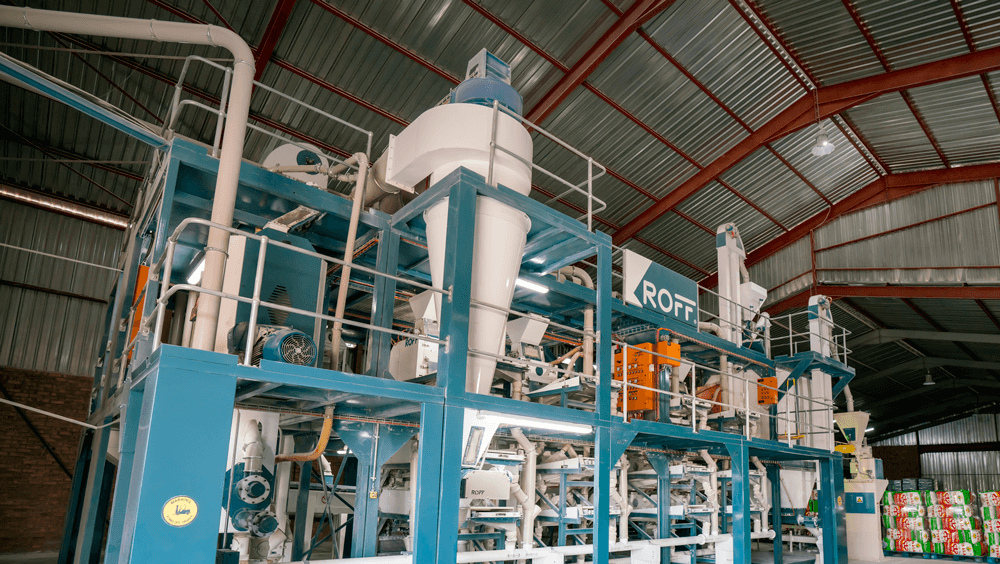
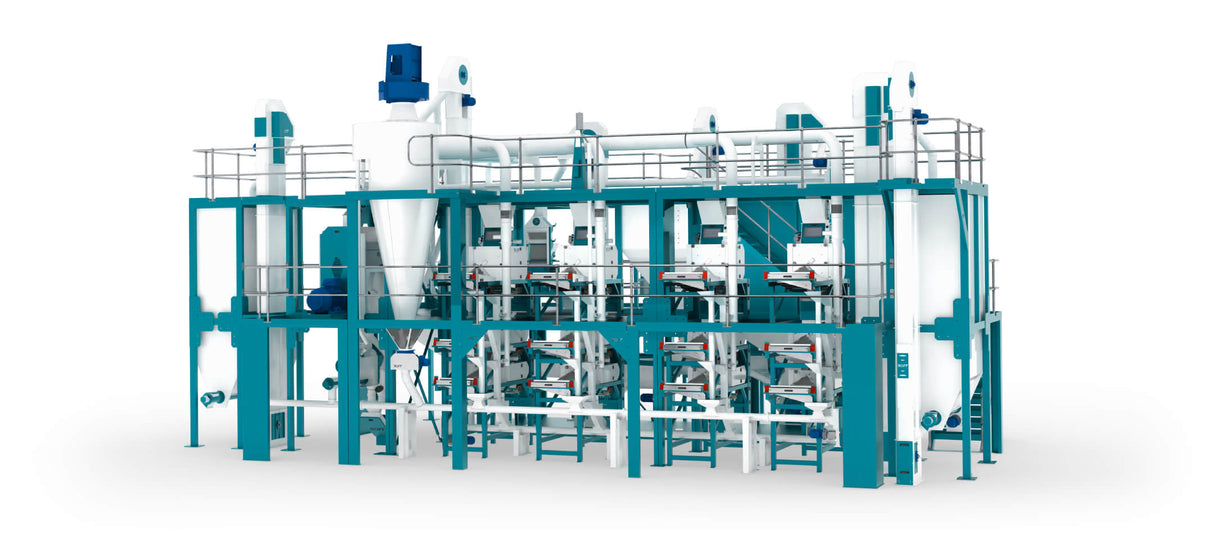
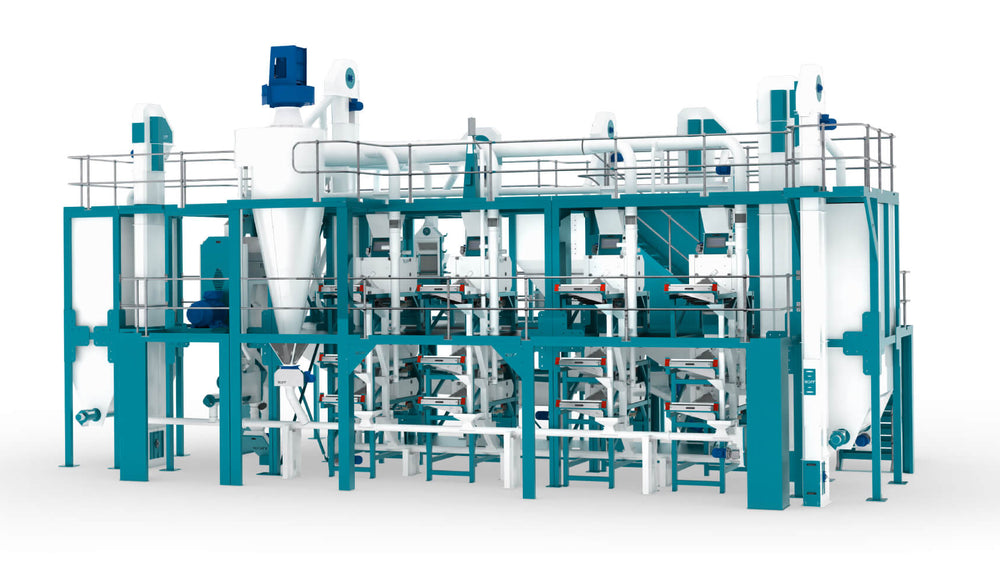

2 comments
Looking for a company that can help me with 2000 tonnes of maize meal 25kg
———
Roff Milling replied:
We build the machinery. We do not supply the maize
Vriendelike groete / Kind regards
ROXANNE VD WESTHUIZEN SALES ADMINISTRATOR M +27 72 251 3547 No. 10, 9th Road, Industria T +27 56 212 2697 Kroonstad, 9499, South Africa roff.co.za<https://www.roff.co.za/> [logo]<https://www.roff.co.za/> The information in this message is solely for the intended recipient. If you are someone other than the person named as addressee, kindly delete this mail, and notify the sender. Please note that copying, disseminating, or taking any action based on the above information by anyone not intended as the recipient is unlawful. The views expressed in this message are those of the individual sender unless specifically stated as those of Roff Industries (Pty) Ltd.
Using African Brands is the way to go! Let’s trade amongst each other more.